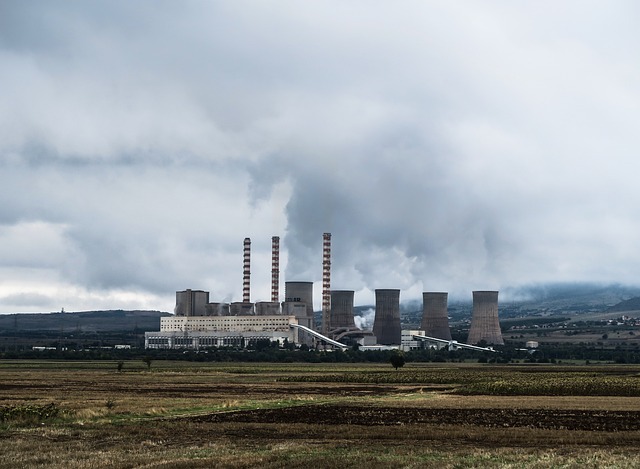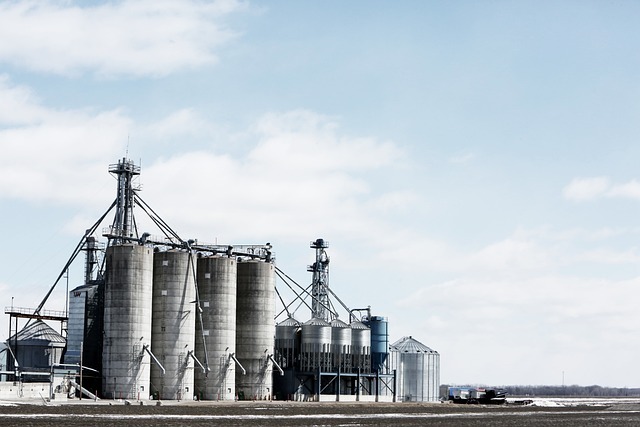A primary energy source, natural gas, may generate power, heat buildings, and provide cooling. It also fuels production and is a crucial component of industrial goods like medications and fertilizers. It is now one of the most traded commodities worldwide. This article discusses the natural gas market, including its definition, history as a commodity, and factors influencing its cost.
WHAT IS NATURAL GAS, AND HOW IS IT USED?
Natural gas, like coal and crude oil, is a fossil fuel created over millions of years from the decomposing remnants of living things that were squeezed under intense heat and pressure deep under the earth.
Natural Gas was first used as an energy source in 18th-century Britain. Still, in the 20th century, when the building of pipelines led to the opening of several new markets throughout the globe, it started to take off.
NATURAL GAS HISTORY
The first crude pipes made of bamboo shoots to carry the commodity where it was leaking above ground were constructed in Ancient China in approximately 500 BC. Fast-forward two thousand years, and commercialization made it possible for Natural Gas to light homes and streets in Britain in the 18th century. The United States produced its first gas in 1816, and the Bunsen burner, created in 1885, opened up new possibilities for cooking and heating.
In 2009, 8% of the estimated recoverable reserves of natural gas reserves of 850 000 km3 had been consumed. Natural gas has traditionally fluctuated in price as a traded commodity for the reasons listed below; however, since 2010, the price has stayed below the $4.00 level due to oversupply, storage capacity expansions, and shifting demand patterns.
The chart below shows some of the significant price changes that have occurred since the turn of the century, along with their underlying causes.
PRICES FOR NATURAL GAS (2000-2019)

WHO ARE THE MAJOR PRODUCERS OF NATURAL GAS?
The top 10 natural gas producers hold nearly 80% of the world’s reserves of this fossil fuel. According to statistics from 2018, the following areas, together with their typical annual production (estimated in billions of cubic meters), are:
- United States: 766.2
- Russia: 598.6
- Iran: 184.8
- Qatar: 164
- Canada: 144.9
- China – 138.4
- European Union: 118.2
- Norway: 117.2
- Saudi Arabia: 102.3
- Indonesia: 86.9
Source: CIA World Factbook (2018)
As of 2019, Gazprom, Royal Dutch Shell, Exxon Mobil, PetroChina, and BP are the five biggest companies in the natural gas market.

WHAT AFFECTS THE PRICES OF NATURAL GAS?
Natural gas prices are primarily influenced by supply and demand, which are influenced by factors including production volume, storage levels, economic growth, rival fuels, and weather.
- Manufacturing Volume
Any interruptions to production, such as bad weather that prevents drilling, might reduce supply and drive up the price of natural gas.
- Storage Levels
Natural gas storage facilities assist in absorbing surplus output and prevent shortages during periods of high demand. Usually, the price of this item increases when retailers run out.
- Economic Development
Commercial and industrial sectors often require more energy in booming economies, raising the natural gas price.
- Competing Fuels
The price of natural gas may decrease due to competition from alternative energy sources like coal or solar power.
- Weather
Weather events like cold snaps or heat waves may increase demand for natural gas in addition to having an impact on production levels.
NATURAL GAS TRADING
There are many methods to trade natural gas, including exchange-traded funds, futures, and options in the commodities market (ETFs). Spread betting and CFD trading may also be utilized, where allowed, to make predictions about the price of natural gas. Discover technical analysis techniques to help you trade this commodity more consistently as you learn about trading natural gas.
Benefits of Trading Natural Gas:-
Because of its propensity for volatility, growing desire for cleaner fossil fuels, and market liquidity, natural gas is a commodity that is often traded.
- Growth Prospects
Energy industry behemoths like Total SA and Exxon Mobil are investing a significant amount of money in expanding the applications and accessibility of natural gas, demonstrating their faith in the fuel’s future.
- Demand for Clean Fossil Fuel
Natural gas is a popular (and less regulated) fuel option in today’s environmentally concerned society since it burns cleaner and emits fewer carbon emissions than its fossil fuel siblings, coal and crude oil.

- Technical Advancement
Compressed Natural Gas (CNG), which can be delivered without the need for pipes, is soon to be mass-produced, which might provide a wide range of new markets.
- Potential Volatility
Aware traders may profit from severe volatility in energy assets even when the commodity’s prices have stagnated since around 2010.
- Liquidity
Natural gas is a widely traded item. Thus there are often many buyers and sellers present in this market. Due to the increased liquidity, traders are more likely to be able to initiate and exit positions at the desired price.

